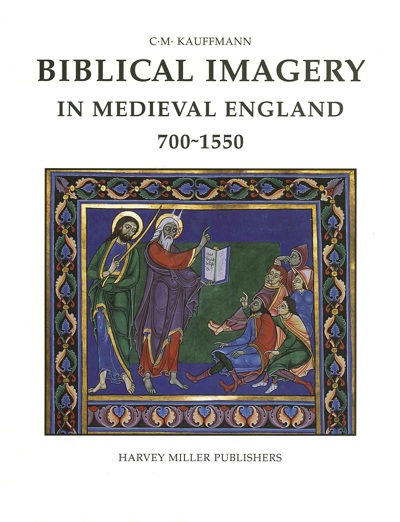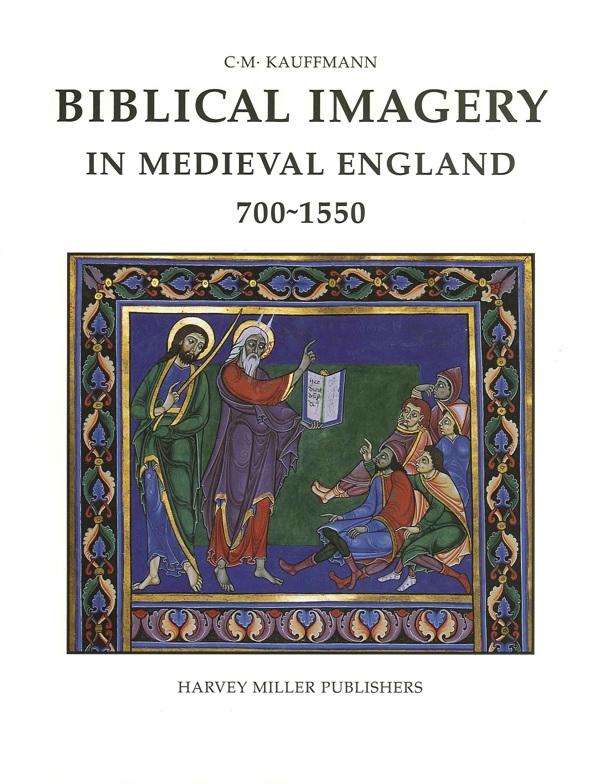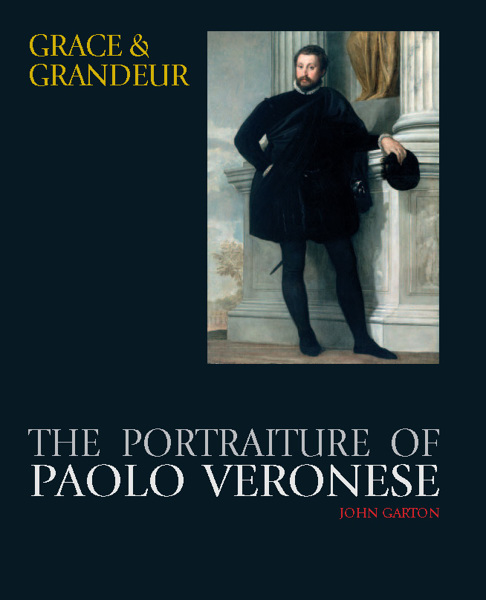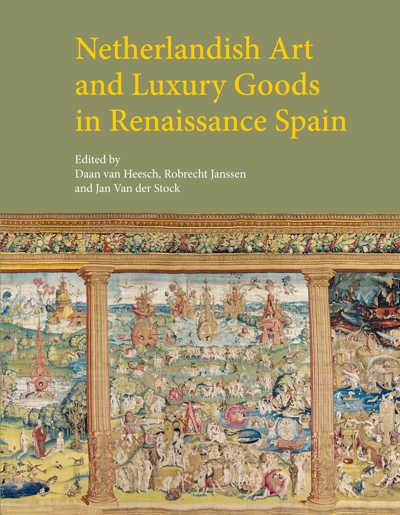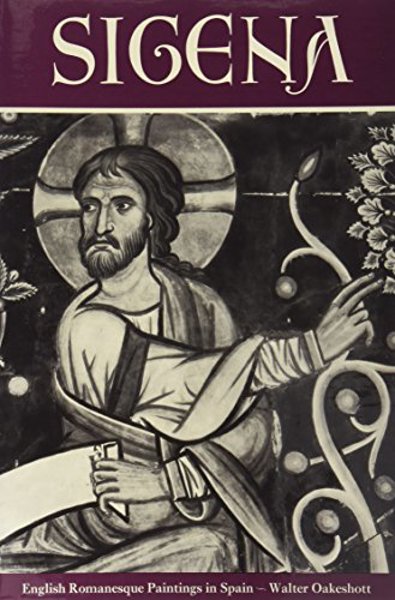
Biblical Imagery in Medieval England, 700-1550
Michael Kauffmann
- Pages: 400 p.
- Size:210 x 280 mm
- Illustrations:200 b/w, 18 col.
- Language(s):English
- Publication Year:2003
- € 95,00 EXCL. VAT RETAIL PRICE
- ISBN: 978-1-872501-04-8
- Hardback
- Available
This study covers biblical imagery in England from the Lindisfarne Gospels to the Reformation, concentrating on the relationship of the images with the biblical text and the ways in which they served their patrons and viewers.
"Kauffmann's expertly researched volume covers all relevant evidence from the art of Irish and Roman monks in early medieval Northumbria to missals used in the late medieval parish church. [...] A standard manual, enlightening both the student and the expert." (International Review of Biblical Studies, vol.50:2003/04, 2337)
"Therefor this beautiful book makes another valuable contribution by challenging younger scolars to move outside narrowly defines specialties in order to look and think more broadly. Kauffmann sets the example by both asking and answering wide-ranging questions himself and also by raising other questions in a fashion that will engage other scholars for years to come." (K. Haney, in Studies in Iconography, 26, 2005, p.251-254)
"As a work of synthesis the book cannot be improved upon, and it will remain the standard work for the foreseeable future." (M.A. Michael, in The Burlington Magazine, CXLVII, January 2005, p.45-46)
"Kauffman's new book takes on the daunting task of discussing nearly nine centuries of art production in a variety of media [...]. Its broad scope, numerous illustrations, and combination of chronological, thematic, and case-study approaches make a valuable contribution to the study and teaching of medieval art." (A.R. Stanton, in Speculum, 81 (2005), p. 911)
"Anyone with an interest in medieval England, its beliefs and the ways in which they were communicated should read Biblical imagery from cover to cover." (R. Gameson, in Ecclesiastical History, Vol. 56/3, July 2005, p.553-555)
"[...] cette publication sera un outil précieux pour tous les historiens de l'image médiévale." (C. Heck, dans Bulletin Monumental, 163-3, 2005, p.292-294)
"The result [...] is a triumphant success. [...] Kauffmann has provided an elegant and assured treatment of a supremely important topic, which is of relevance to all who are in any way concerned with medieval England and medieval belief. If art historians are likely most to enjoy the detailed case studies, the 'broad-brush' introductory sections make them accessible to all; and it is, above all, for historians and literary critics that the book should be required reading." (Richard Gameson, in Reviews in History (review no. 370), published December 2003, URL http://www.history.ac.uk/reviews/review/370)
This study covers the whole of the Middle Ages from the Lindisfarne Gospels to the Reformation and concentrates on the relationship "Text - Image and Viewer". Within a broadly chronological framework, the treatment is thematic from the earliest carved stone crosses, through Anglo-Saxon Old Testament cycles and high medieval Psalters to the painted and carved imagery in the fifteenth-century parish church. Each section is firmly grounded in its historical context and the images are examined for their relationship with the biblical text and for the ways in which they served their patrons and viewers. Naturally enough, much of the imagery is based directly on the narrative books of the Bible but an almost equal part was inspired by commentaries interpreting the symbolism of the text and by apocryphal tales. It is from images, for example, that we know that the ox and ass were present at the Nativity, but they are not mentioned in the Gospels and their presence is derived from early biblical exegesis. As medieval writers freely admitted, the image often has a much more memorable impact than the text. To the viewer, therefore, an image could be, and often was, part of an extensive narrative cycle as well as being endowed with symbolic significance and charged with emotional power as an aid to devotion. For each period and each type of artefact, the viewer or patron is identified, often with surprising results, and his - or more often her - needs discussed. Illuminated manuscripts are the main survivors and their readership was, until the late Middle Ages, essentially clerical or aristocratic. But the same images on a monumental scale on wall paintings or in sculpture or stained glass were seen by all classes of worshippers even if some of the layers of meaning comprehensible to monks and higher clergy remained hidden to the wider lay audience.
